Even though it is winter, I'm trying to use the time as best as I can and get some work done. I'm hoping to get the brake system completely replaced before the spring gets here and the warm weather that comes with it. I hope to be ready to do the engine swap once it turns warmer and we can work outside.
So, to prepare for the brake system replacement, I've been collecting the parts necessary to do the replacement. I'm going to do a stock replacement. I'm not going to upgrade to a dual master cylinder, nor am I going to add disk brakes. My logic in not doing the upgrades is linked to my decision to postpone the restoration and just get the truck running and back on the road. I'm sticking with an inline 235 and the original driveline, including the slow rear end. I may get around to swapping out the ring and pinion gear set for one with a better ratio, but that is some time in the future. So for now, the stock brake set up should be fine. When I get to the restoration, I'll rethink everything, but for now it's going to be stock.
So far, I have a new master cylinder, a new set of OE style brake lines, wheel cylinders for front and back, brake hoses and brake hose clips. I'm hoping to reuse some of the attaching hardware such as banjo bolts and junction blocks. I will, however, be using new copper washers on those connections. This is the old master cylinder. I've circled the junction block and banjo bolt.
Here is the new master cylinder with the old (and cleaned up) clevis, pin, cotter pin and jam nut attached.
Here is the old clevis, pin, cotter pin and jam nut before cleaning:
Here's a close up of the cleaned hardware:
I tried for many days to locate a source of supply for new master cylinder banjo bolts. I was unable to find any new ones. So I decided to disassemble the old one from the junction block and see if it was still usable. This is what it looked like when it came off of the truck:
As you can see, the old brake line fittings were rusted in place. I could not get them to break free while under the truck, so I cut the lines (with a Dremel and cut off wheel) and then I could get a socket over the banjo bolt. I was then able to get enough torque to break the banjo free and out it came. This view is a little blurry, but shows the overall condition.
Once the junction block was off of the truck, I put it in a vice and used a ratchet to break the fittings loose. After breaking the fittings loose, I had to apply a little persuasion to the banjo bolt (dead blow hammer) to get the shoulder of the banjo bolt to get past the indentation inside the junction block. Here are all the parts disassembled and in relation to each other:
The following are all of the banjo bolt from different angles:
And the j block:
The inside of the banjo bolt was in pretty good shape. The drilled and tapped area in the head being the worst, but the picture is deceiving. Inside, it cleaned up well. The areas that were in the j block and the master cylinder were pristine. So, I'm going to reuse both the banjo bolt and j block. I did get new copper washers and decided that I should anneal them before I used them, to make sure that they were soft and would provide a good seal. Here is the string of them before annealing:
And after annealing:
This was my first attempt at annealing anything. I read up on how to do it and then gave it a shot. After I was done and the washers had cooled down, I took one of the extra washers and gently tapped a screwdriver with a hammer onto it. It made a shallow indentation in the washer and I was satisfied that the washer was soft enough to conform to the grooves on the j block and make a good seal.
So that's where I am. I've got some of the parts that I need, but not all. I should have everything that I need to get from the master cylinder to each wheel and just inside. I do not have the internal workings for each wheel. I still need to get new springs, brake shoes, adjusting screws and the spacers that attach to the wheel cylinders. I'll also need new brake drums, as mine look pretty thin. I'll probably do the drum replacements after getting things working and the truck running. We'll see.


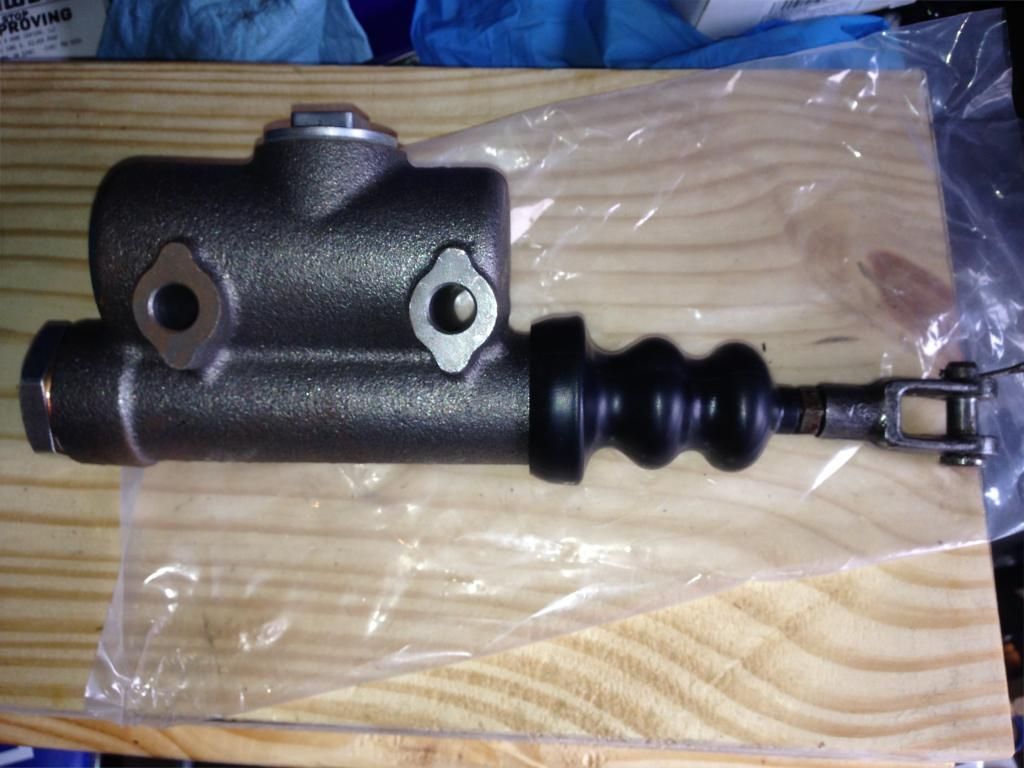
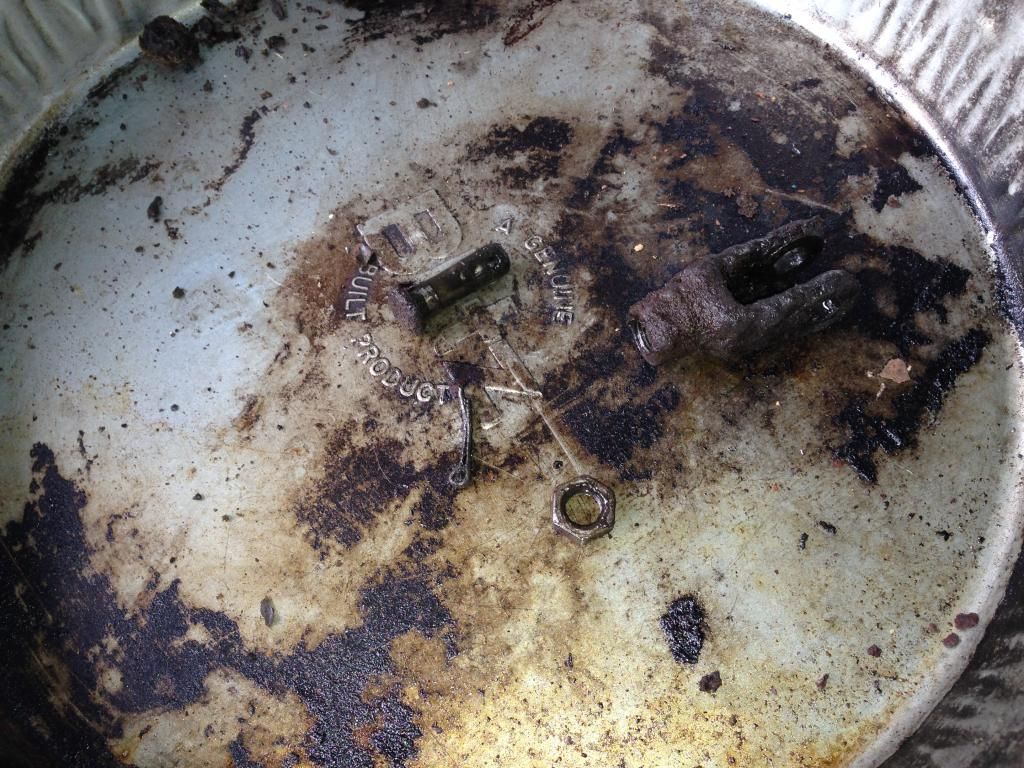
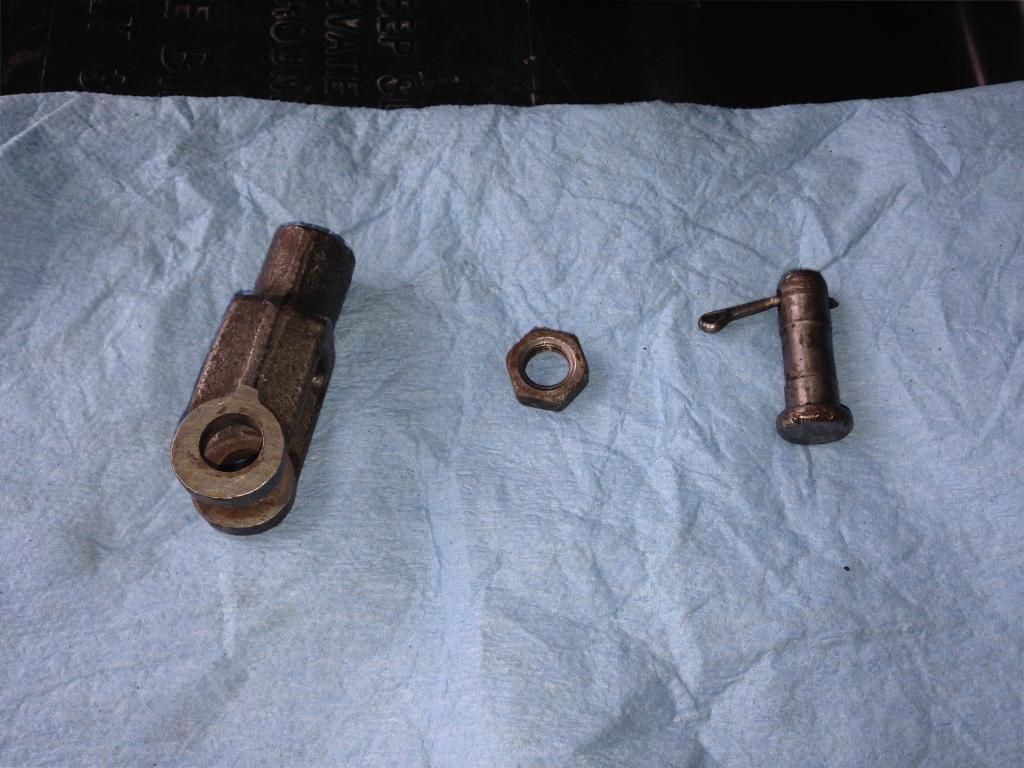
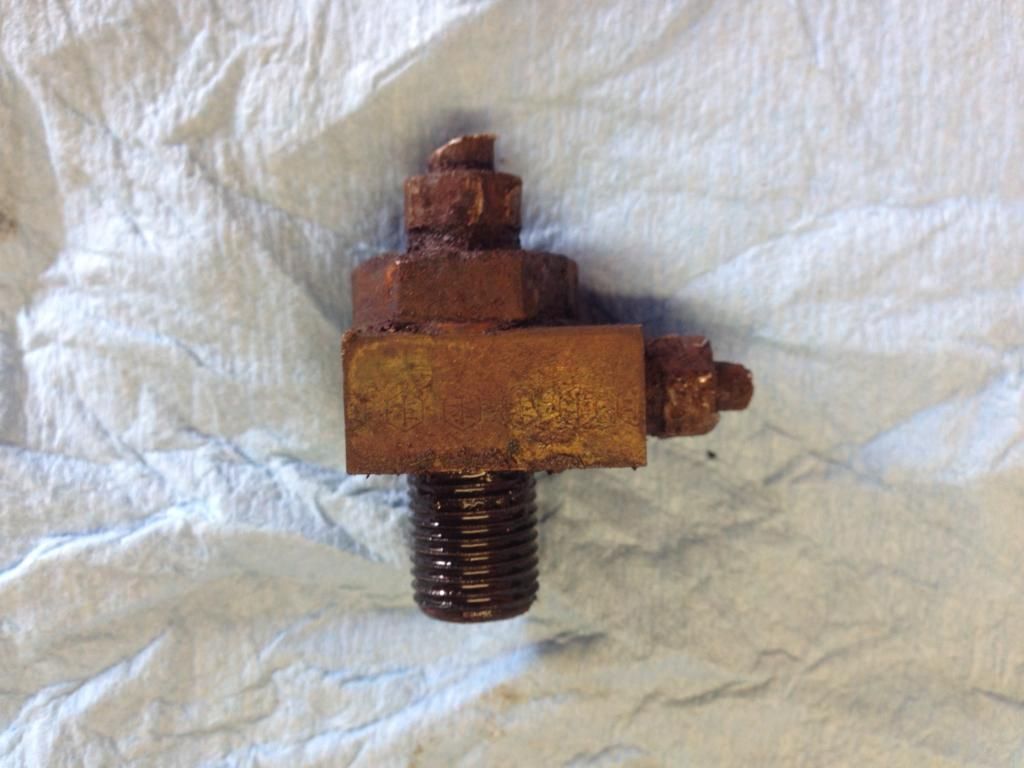

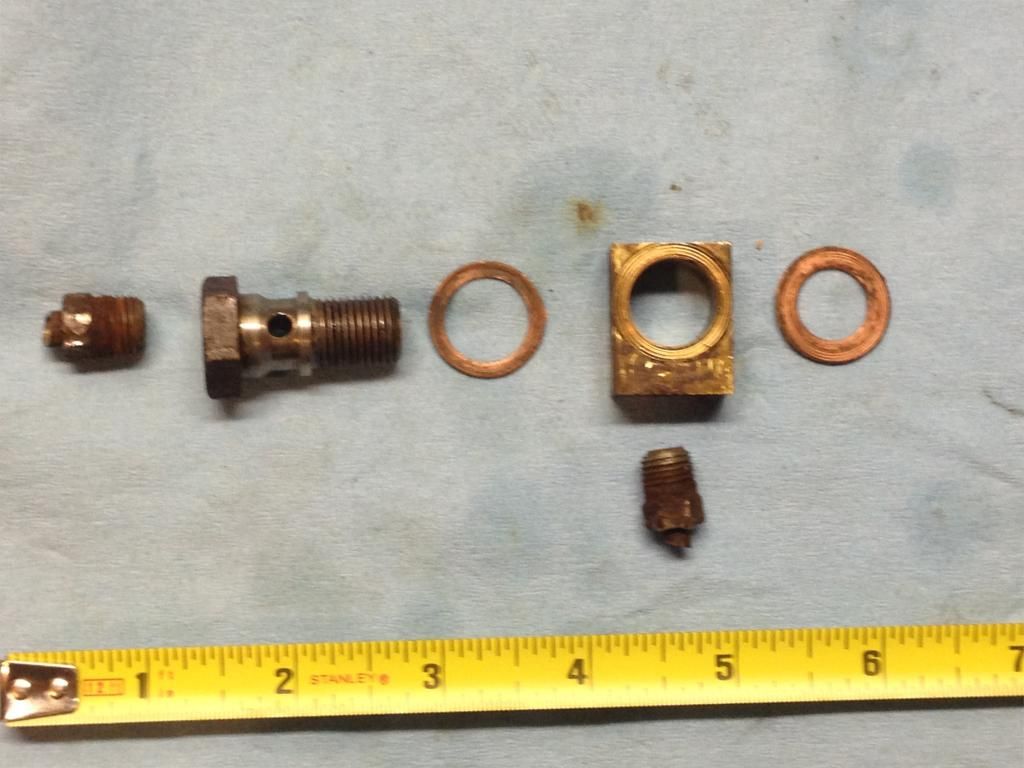




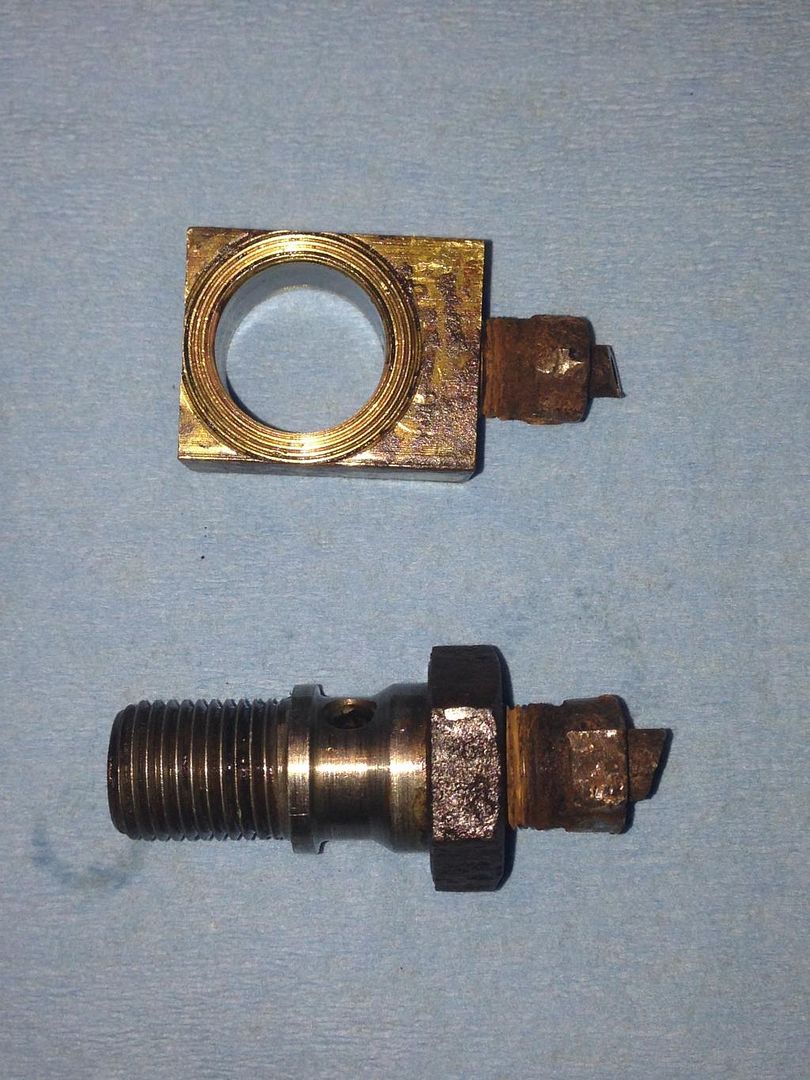
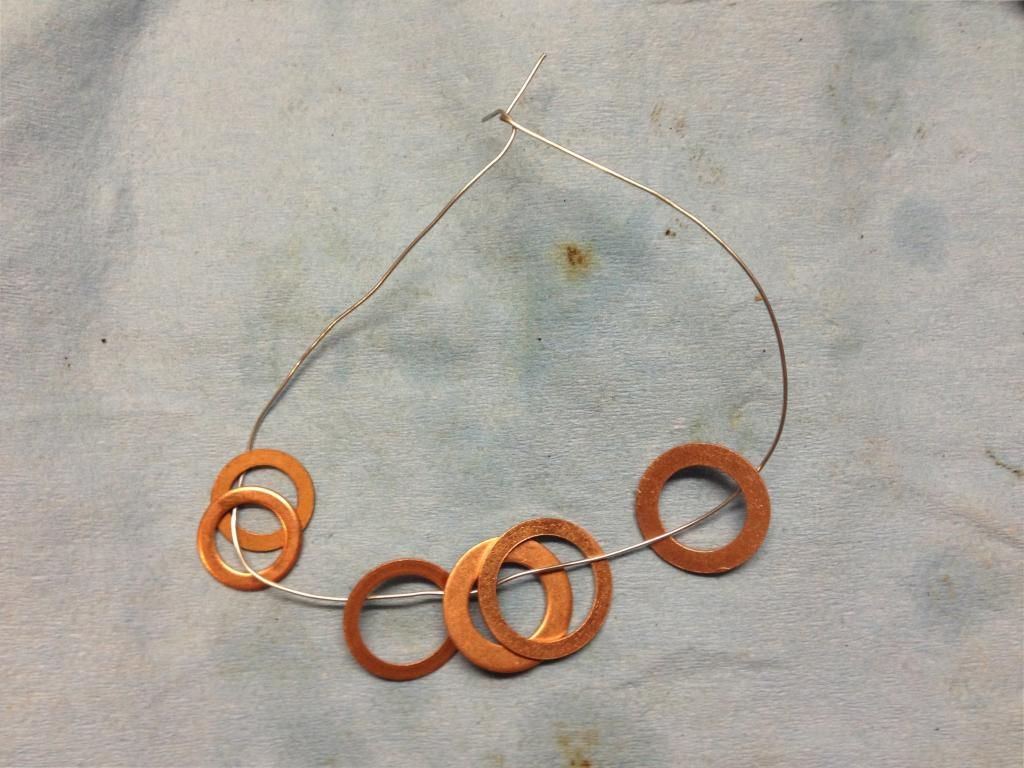

FINALLY!!! glad to see someone doing a REAL restoration on the parts that are given to them on a truck and NOT chopping up or modifying original parts for modern upgrades then call it a "total restoration". maybe a few upgrades "eh" but there is overkill. if you are going over board with upgrades on an old truck or car, then just buy a newer truck or car. just throwing that out there. good job guy, keep the old truck old school!
ReplyDelete